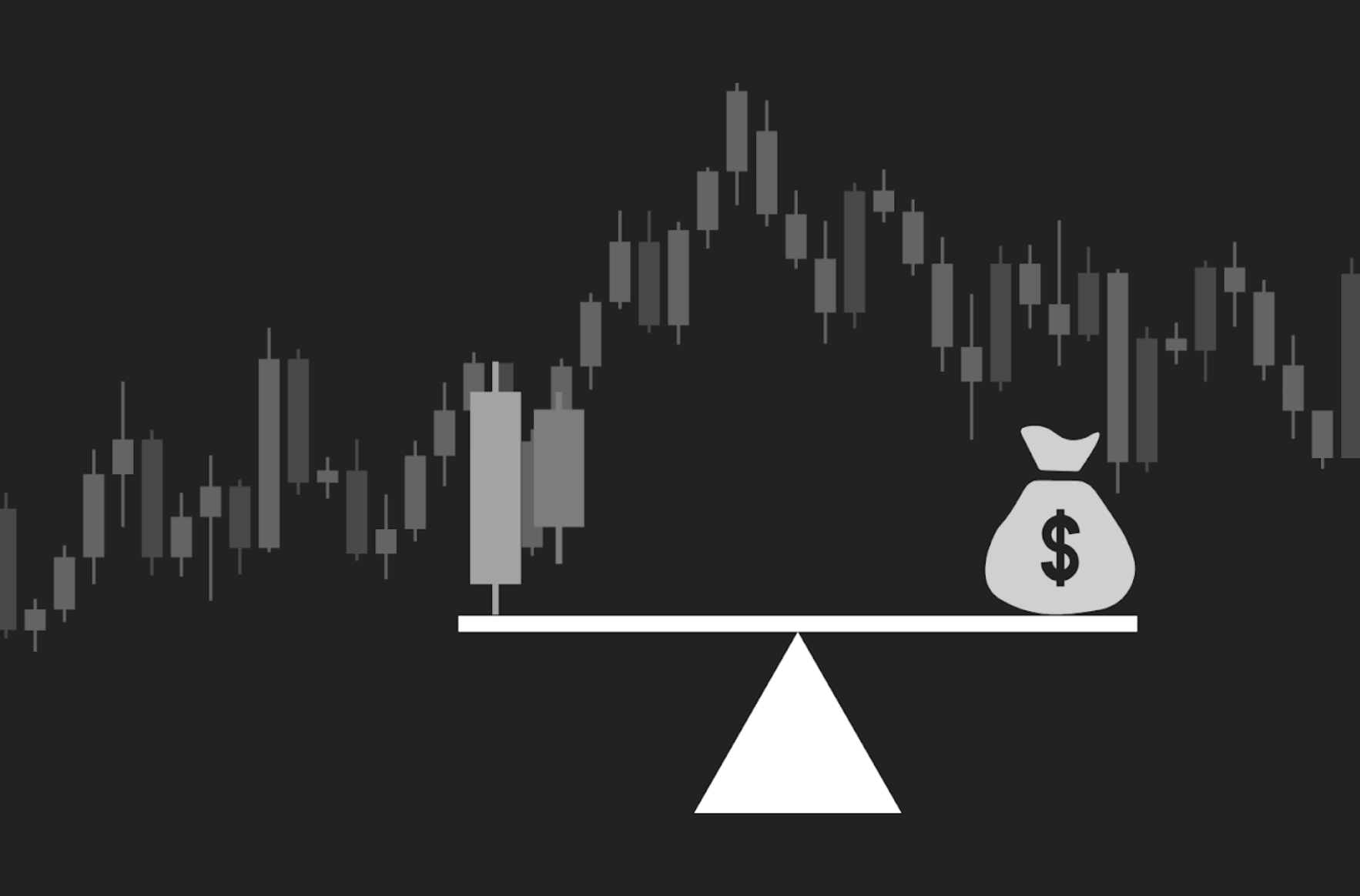- NEXTBULL Masterclass
- Posts
- Dynamic Position Sizing: Why “Risking 1%” Isn’t Enough
Dynamic Position Sizing: Why “Risking 1%” Isn’t Enough
Ask any new trader how much they risk per trade, and you’ll likely hear the same response: “I keep it safe, around 0.5–1%.”
It’s advice passed around like gospel in trading circles. And to be fair, it’s not terrible advice at least, not in the beginning.
Fixed risk amounts act like training wheels. They keep new traders from blowing up their accounts while they click buttons, get comfortable, and start collecting feedback from the market. But at some point, those training wheels start holding you back.

Positioning
The market doesn’t hand out equal opportunities. Treating every trade the same assumes that all setups have the same potential, the same probability, the same payoff, the same impact on your long-term equity curve. That assumption couldn’t be further from the truth.
Think about the difference. Some trades show up all the time small, repeatable setups that grind out modest profits if you handle them well. Others are rare, but when they appear, they have the power to define your entire year. A liquidation cascade. A failed breakout on a high timeframe. Those aren’t trades you want to treat the same way as a random low-timeframe momentum scalp.
Yet that’s exactly what static sizing does. You end up risking too much on average trades that barely move the needle, and risking far too little on the outlier trades that actually shape your lifetime PnL.
This is where dynamic position sizing comes in. The real craft of discretionary trading lies in aligning your risk with expectancy. If a setup happens every day with modest returns, you don’t need to swing big. It’s there to keep you engaged, learning, and collecting data. But when a “banger” shows up, the kind of setup with a much higher edge, even if it only appears a few times per cycle that’s when sizing up makes sense.

Dynamic positioning
The logic is simple: most of your trades will amount to little more than noise. Small wins, small losses, maybe break-even once you account for fees and spread. The outliers, the few high-quality setups are what carry your PnL forward. Miss them or undersize them, and you’ve cut off the very trades that matter. Oversize the mediocre ones, and you drown in churn.
So, should you only trade the rare setups? It’s tempting, but not always practical. Frequent trades with smaller edges have their own value:
They keep you connected to the market. Participation sharpens your intuition in a way screen-watching never will.
They provide a testing ground. A modest edge today can evolve into a significant edge tomorrow, but only if you work it.
They sometimes snowball into something bigger. What begins as a routine setup can transform into a major move if conditions align.
Dynamic sizing doesn’t mean gambling. It means calibrating your exposure to the actual opportunity in front of you. It means asking: Is this setup just another brick in the wall, or is it one of the few moments that will define my equity curve?
In other words: risk light when it’s routine, size up when it slaps.
If you enjoyed reading this please consider subscribing for more crypto insights.